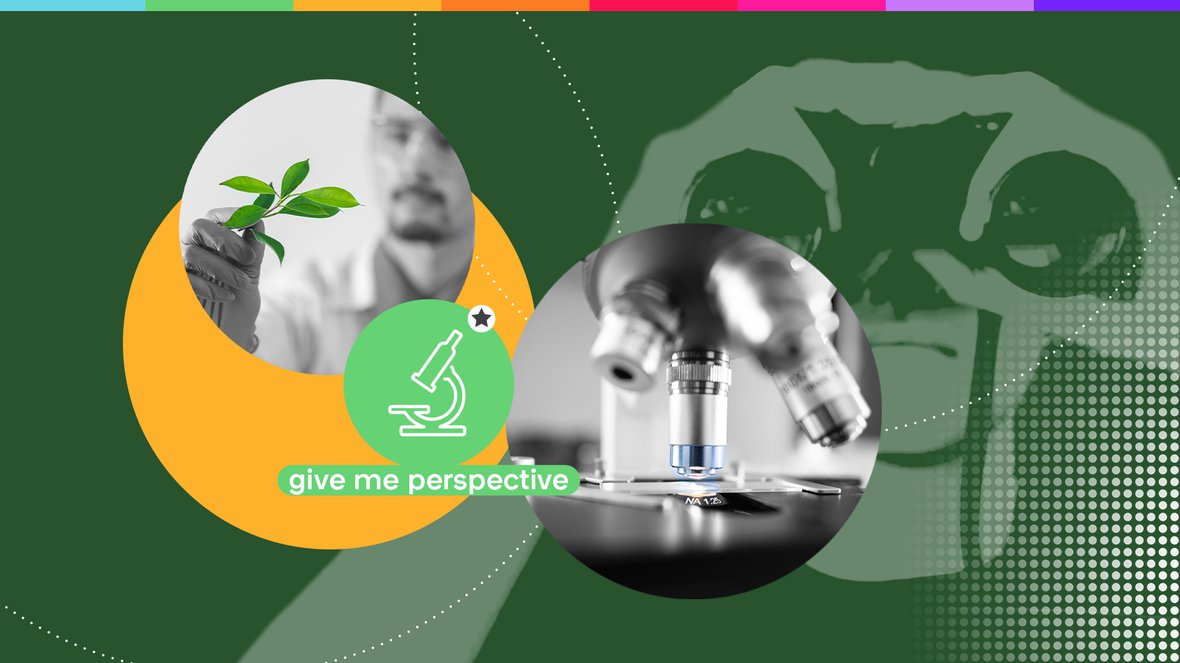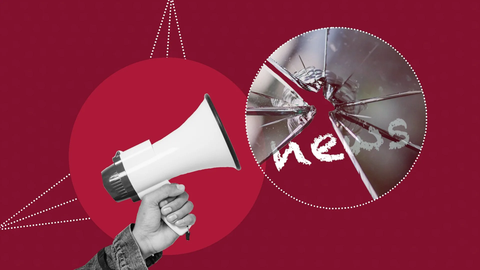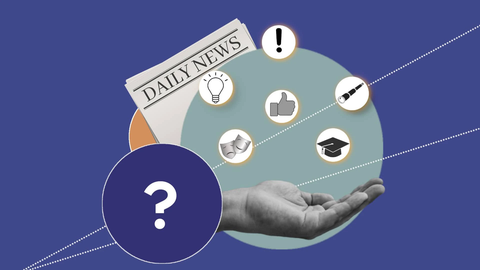Getting started with a 'Give me perspective' story
Start by asking these questions:
- Is this an event where people should pick a side? Do they have the power to vote about something? How will it affect them?
- Is there a conflict between two parties? Why can't they agree?
- Are people required or requested to switch from one thing to another? What happens if they do?
- Who's involved? How were they influential?
It's important to involve experts on the matter, who know exactly what the consequences will be and can outline it in understandable words. The goal of the article will be for readers to gain enough understanding to weigh things against one another, and take their stance in the matter.
Useful formats for a 'Give me perspective' piece
The most typical formats for a 'Give me perspective' piece are:
- A profile
- Analysis
- Background piece
- Interview
- Obituary
- Op-ed
A good 'Give me perspective' headline
The headline of a 'Give me perspective' piece will usually have a question at the end, or have the form of a quote to indicate the nature of the story. This helps your readers understand what need they can hope to have fulfilled by this piece. Often you’ll put the ‘Opinion’ or ‘Point of view’ in your headline to indicate this user need from the off.
Great examples of 'Give me perspective' pieces
Dmitry's Pro tip
"Informing your audience is a major obligation of most newsrooms, however you can inform people without necessarily updating them - you can provide background, opinions, points of view. You can present conflicting points of view and let users pick a side.
Again, it’s very important to signal this user need in your headline - I see lots of ‘Give me perspective’ pieces presented online with an ‘Update me’ headline and these pieces get through the cracks. If you have a question mark in your headline, make sure you answer the question by summarising all the arguments at the end, like this podcast: What will Donald Trump do next? (at 22’40’’)."


